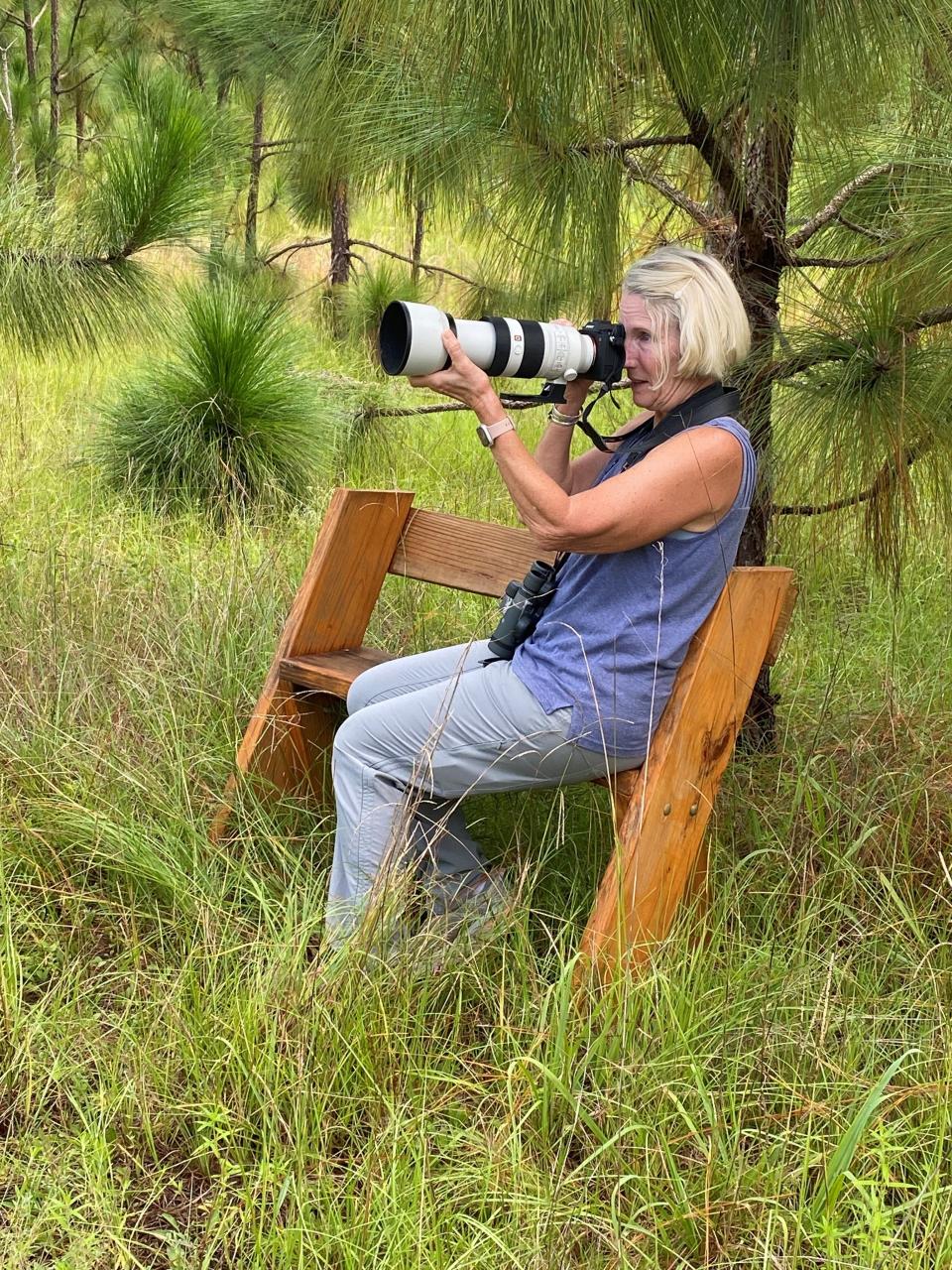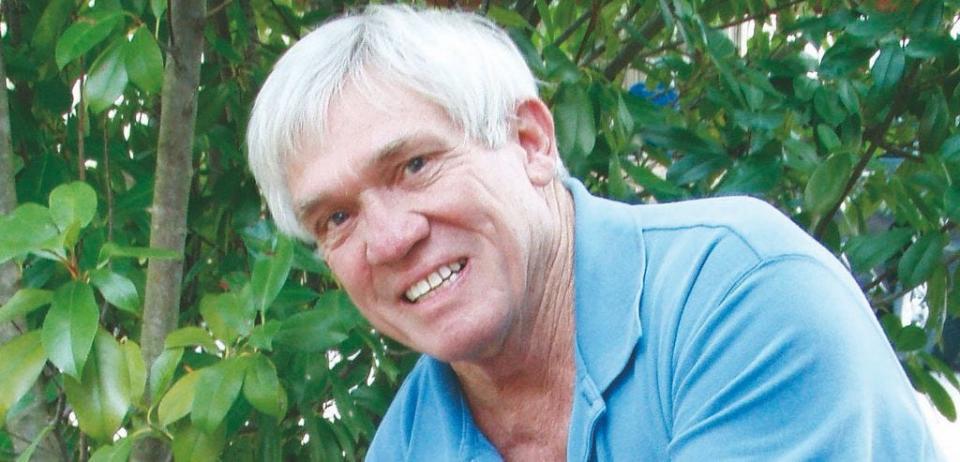Leopold benches have a connection to the environment | ECOVIEWS
- Oops!Something went wrong.Please try again later.
The ecologist Eugene Odum often made the point that every subject has a connection directly or indirectly to the natural environment. He was noted for quickly steering any conversation around to an ecological viewpoint involving animals, plants or other environmental topics.
A creation by the forester and conservationist Aldo Leopold underscores how even a piece of furniture can have a connection to the environment. Leopold’s iconic creation was a bench.
More: Chinese Year of the Rabbit brings many questions | ECOVIEWS
Leopold was renowned for his advocacy of a strong conservation doctrine and land ethic. His conversion of an abandoned farm in Wisconsin became the foundation for “A Sand County Almanac,” his classic book on land stewardship and restoration.

The U.S. Fish and Wildlife Service asserts that “Aldo Leopold is widely regarded as the founder of wildlife management [whose] efforts helped open the field of environmental ethics.”
After graduating in 1909 from the Yale Forest School, now part of the Yale School of the Environment, he became a ranger with the U.S. Forest Service, a relatively new government entity. Leopold was involved in establishing New Mexico's Gila National Forest wilderness in 1924. This was the first protected wilderness area in the world, a concept that has safeguarded millions of square miles of natural habitats. One result of Leopold’s foresight is that the wilderness area now encompasses more than half a million acres.
Leopold's vision in "A Sand County Almanac" was my inspiration for transforming Salleyland from worthless farmland into a special place for family, friends and colleagues who appreciate wild habitats. The wealth of biodiversity that has been discovered on what was deemed a rural throwaway site is astounding. Many of those wildlife discoveries were made by visitors, including professional ecologists, nature club members and students from kindergarten through college. I think Leopold would have enjoyed a walk around the land.
During an outing at Salleyland, we will often hike 2 or 3 miles through swamps, sandhills and forests. Fortunately for us the great conversationist was also an inventor. Using unadorned planks made from recycled wood, he created the Leopold bench. A versatile wildlife observation spot, it allows you to look forward or backward. You can lean against the back or swivel to prop your arms on it.
Thanks to my son and daughter-in-law, we have several Leopold benches where you can take a break to enjoy the sights, sounds and smells around you. On any outing a pair of binoculars is a practical accoutrement, and having a camera at the ready allows you to preserve some of your wildlife observations.
One of the Salleyland benches sits alongside the creek; another offers bidirectional views of wildflower patches in a stand of longleaf pine, where butterflies, dragonflies and various birds offer numerous photo-ops.
Simply the chance to sit down for a spell during a long hike provides value added for some (such as me). Wherever it's located, a Leopold bench offers an opportunity to find solace in surrounding nature, with the additional benefit that intriguing wildlife might present itself at any time.
One of the questions I get from visitors is how do I build a Leopold bench? Directions and schematics can be found at no cost if you go to the right website. The Iowa Department of Natural Resources has one of the most straightforward descriptions available on the internet. Search for “Iowa DNR Leopold bench” to get where you need to be.
Although the width of the seat is specific, you can make it a bit wider using the same instructions. One of our Leopold benches is designed to seat two people comfortably whereas the others are for one person.
Leopold benches have a practical function. They provide a comfortable place to rest during a nature walk and a spot to observe wildlife and the surrounding landscape. They are also comfortable reminders that even mundane objects, such as benches, have a connection directly or indirectly to the natural environment.

Whit Gibbons is professor of zoology and senior biologist at the University of Georgia’s Savannah River Ecology Laboratory. If you have an environmental question or comment, email ecoviews@gmail.com.
This article originally appeared on The Tuscaloosa News: Leopold benches have a connection to the environment | ECOVIEWS

